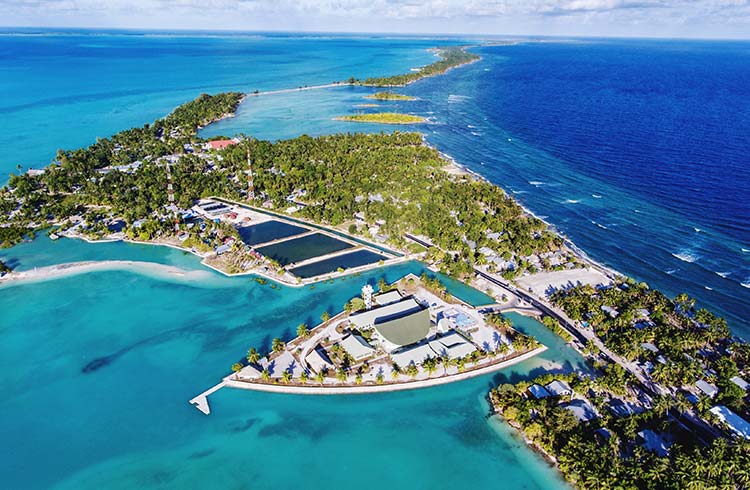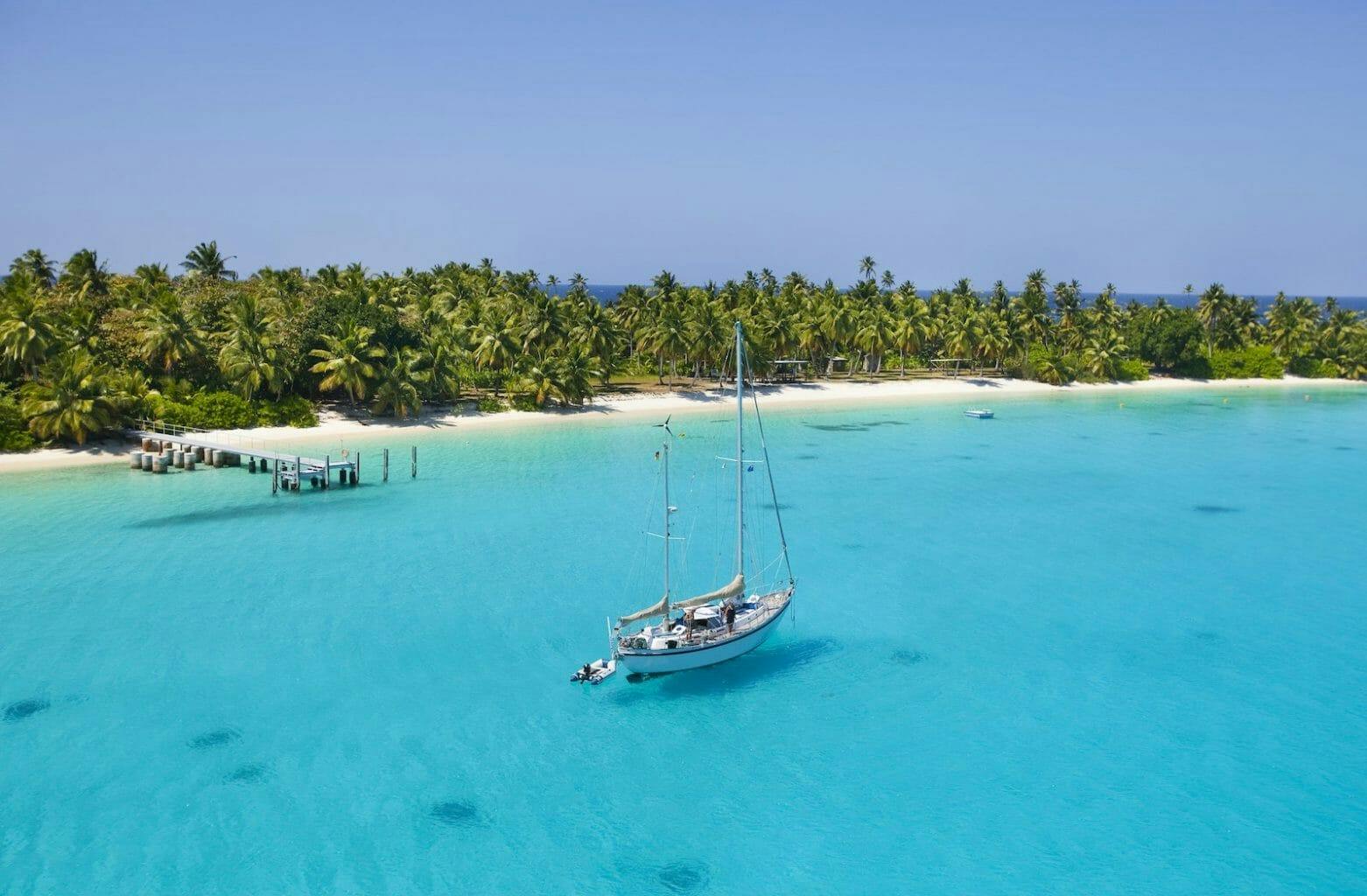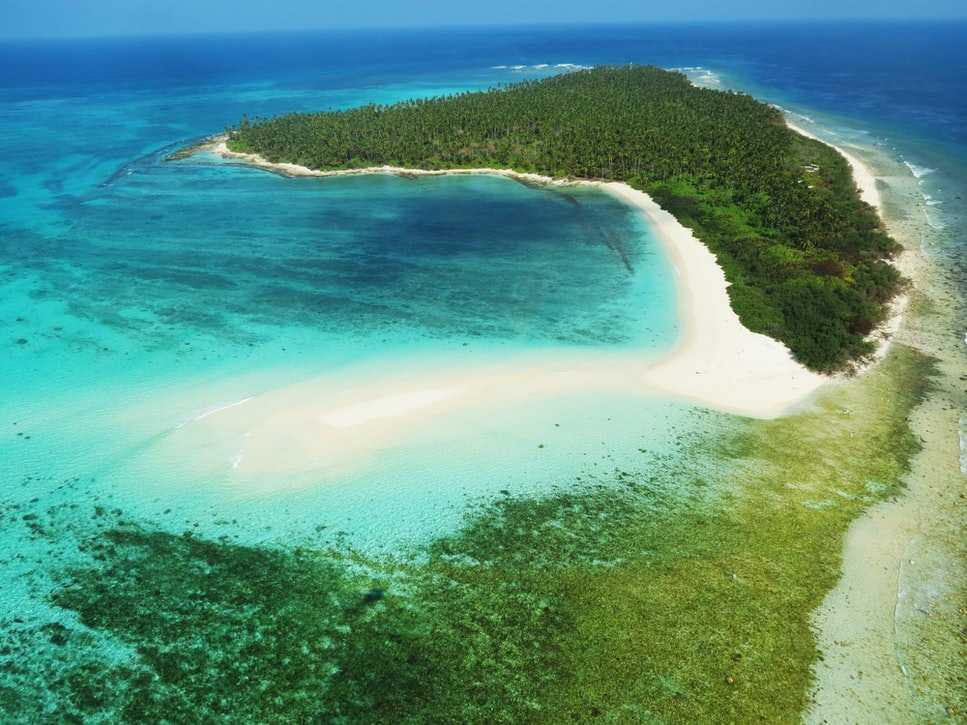The effects of climate change are becoming increasingly visible and alarming, with rising sea levels posing an imminent threat to low-lying coastal areas and islands around the world. Scientists have warned that if current trends continue, numerous islands could become completely submerged by the end of this century. This article explores 10 islands that are predicted to vanish by 2114, serving as a sobering reminder of the urgent need for global action to mitigate the impacts of climate change.
The Maldives

The Maldives, an idyllic island nation in the Indian Ocean, is at the forefront of the battle against rising seas. With an average elevation of just 1.5 meters above sea level, the Maldives is one of the world’s lowest-lying countries, making it exceptionally vulnerable to even modest sea-level rises. According to a report by the United Nations Environment Programme (UNEP), the Maldives could be completely submerged by 2100 if current trends persist.
The Maldivian government has taken proactive measures to address this existential threat, including the construction of artificial islands and the consideration of relocating the entire population. However, the costs of such measures are staggering, and the loss of the Maldives’ unique culture and heritage remains a tragic prospect.
The Marshall Islands

The Marshall Islands, a remote Pacific island nation, is another low-lying archipelago facing an imminent threat from rising seas. According to a study by the United Nations, the Marshall Islands could lose almost 60% of its land area by 2100, rendering many of its islands uninhabitable.
The impacts of climate change are already visible in the Marshall Islands, with coastal erosion, saltwater intrusion, and more frequent flooding events. The government has explored various adaptation strategies, including the construction of sea walls and the relocation of communities to higher ground, but the long-term viability of these efforts remains uncertain.
Tuvalu

Tuvalu, a tiny Pacific island nation with a population of just over 11,000, is often cited as one of the countries most at risk from climate change and sea-level rise. With an average elevation of less than 2 meters above sea level, the entire country could be submerged by the end of this century if current trends continue.
The government of Tuvalu has been vocal in calling for global action to address climate change, and has explored various adaptation strategies, including the construction of artificial islands and the relocation of its population. However, the loss of Tuvalu’s unique culture and heritage remains a devastating prospect, and the challenges of relocating an entire nation are immense.
The Carteret Islands
The Carteret Islands, a group of six small islands in Papua New Guinea, have already experienced significant impacts from rising seas. According to a report by the United Nations, the islands could be completely submerged by 2050, rendering them uninhabitable.
In response to this threat, the government of Papua New Guinea has initiated a voluntary relocation program, moving residents of the Carteret Islands to higher ground on the nearby island of Bougainville. However, the relocation process has been fraught with challenges, including cultural and social disruption, and the loss of traditional livelihoods.
The Republic of Kiribati

The Republic of Kiribati, a Pacific island nation consisting of 33 atolls and islands, is another country facing an existential threat from rising seas. With an average elevation of just 2 meters above sea level, many of Kiribati’s islands could be rendered uninhabitable by the end of this century.
The government of Kiribati has explored various adaptation strategies, including the construction of sea walls and the relocation of communities to higher ground. Additionally, the country has taken the proactive step of purchasing land in Fiji as a potential refuge for its population should relocation become necessary.
The Federated States of Micronesia

The Federated States of Micronesia, a collection of over 600 islands in the western Pacific Ocean, is another island nation facing severe threats from climate change and sea-level rise. According to a report by the World Bank, many of the Federated States of Micronesia’s islands could be submerged or rendered uninhabitable by the end of this century due to rising seas and coastal erosion.
The government has explored various adaptation strategies, including the construction of sea walls and the relocation of communities to higher ground. However, the challenges of relocating entire populations and preserving unique cultural heritage remain formidable.
The Solomon Islands

The Solomon Islands, a Pacific island nation located east of Papua New Guinea, is also at risk from rising seas and the impacts of climate change. According to a report by the United Nations Development Programme (UNDP), many of the Solomon Islands’ low-lying atolls and coastal communities could be submerged or rendered uninhabitable by the end of this century.
The government of the Solomon Islands has taken steps to address this threat, including the development of coastal zone management plans and the exploration of adaptation strategies such as mangrove restoration and the construction of sea walls. However, the long-term viability of these measures remains uncertain, and the potential loss of cultural heritage and traditional livelihoods is a significant concern.
The Cocos (Keeling) Islands

The Cocos (Keeling) Islands, a remote Australian territory in the Indian Ocean, are also at risk from rising seas and the impacts of climate change. According to a report by the Australian government, the islands could be significantly impacted by sea-level rise and coastal erosion, with some areas potentially becoming uninhabitable by the end of this century.
The Australian government has implemented various adaptation measures, including the construction of sea walls and the relocation of infrastructure to higher ground. However, the long-term viability of these efforts remains uncertain, and the potential loss of the Cocos (Keeling) Islands’ unique culture and heritage is a significant concern.
The Cook Islands

The Cook Islands, a self-governing island nation in the South Pacific Ocean, is another archipelago facing threats from rising seas and climate change. According to a report by the United Nations, many of the Cook Islands’ low-lying atolls and coastal communities could be impacted by sea-level rise and coastal erosion by the end of this century.
The government of the Cook Islands has implemented various adaptation strategies, including coastal zone management plans and the exploration of options for relocating communities to higher ground. However, the challenges of preserving cultural heritage and traditional livelihoods in the face of these threats remain significant.
The Lakshadweep Islands

The Lakshadweep Islands, a group of 36 islands located off the coast of Kerala, India, are also at risk from rising seas and the impacts of climate change. According to a report by the Indian government, many of the Lakshadweep Islands could be submerged or rendered uninhabitable by the end of this century due to sea-level rise and coastal erosion.
The Indian government has implemented various adaptation measures, including the construction of sea walls and the relocation of infrastructure to higher ground. However, the long-term viability of these efforts remains uncertain, and the potential loss of the Lakshadweep Islands’ unique culture and heritage is a significant concern.
Conclusion
The islands highlighted in this article are just a few examples of the many low-lying coastal areas and island nations that face an existential threat from climate change and rising sea levels. The potential loss of these islands and their unique cultures is a sobering reminder of the urgent need for global action to mitigate the impacts of climate change.
While adaptation strategies such as sea wall construction, mangrove restoration, and community relocation can provide temporary relief, these measures are costly and often insufficient in the face of rapidly rising seas. Ultimately, a concerted global effort to reduce greenhouse gas emissions and transition to more sustainable energy sources is crucial to preserving these vulnerable islands and their heritage.
The fate of these islands serves as a stark warning of the consequences of inaction on climate change. As the world grapples with this pressing issue, it is imperative that we heed the voices of those on the front lines and take decisive action to protect our planet and the communities most at risk.
Did you like this article? Do not hesitate to share it on social networks and subscribe to Discover the World on Google News to not miss any articles!